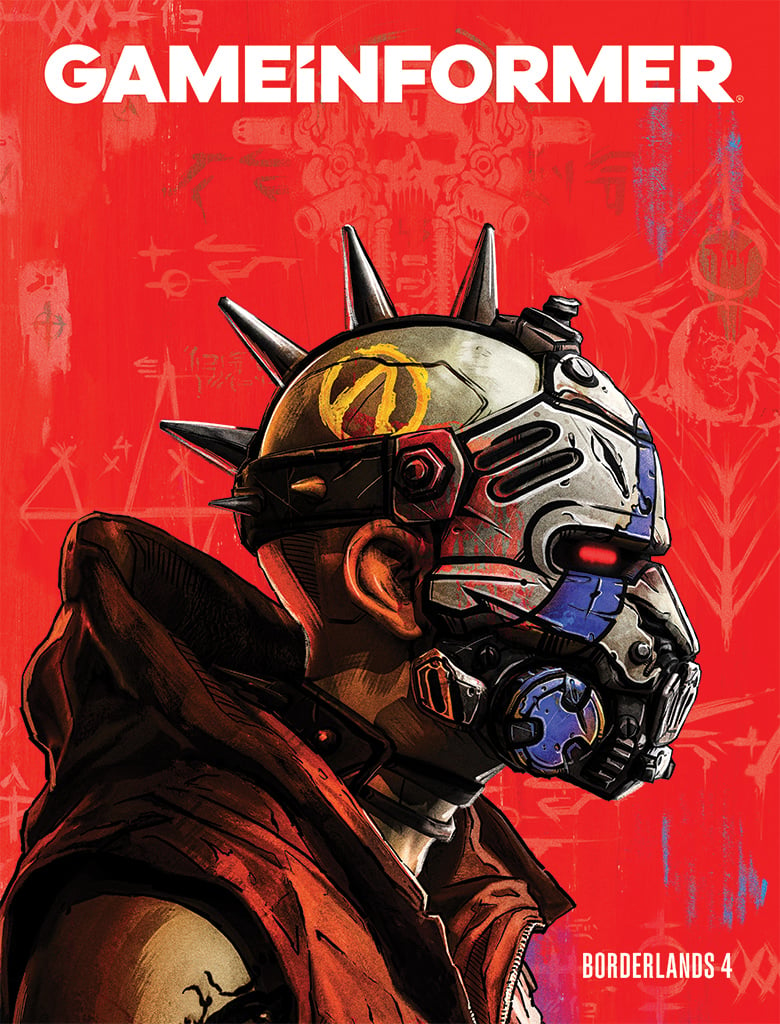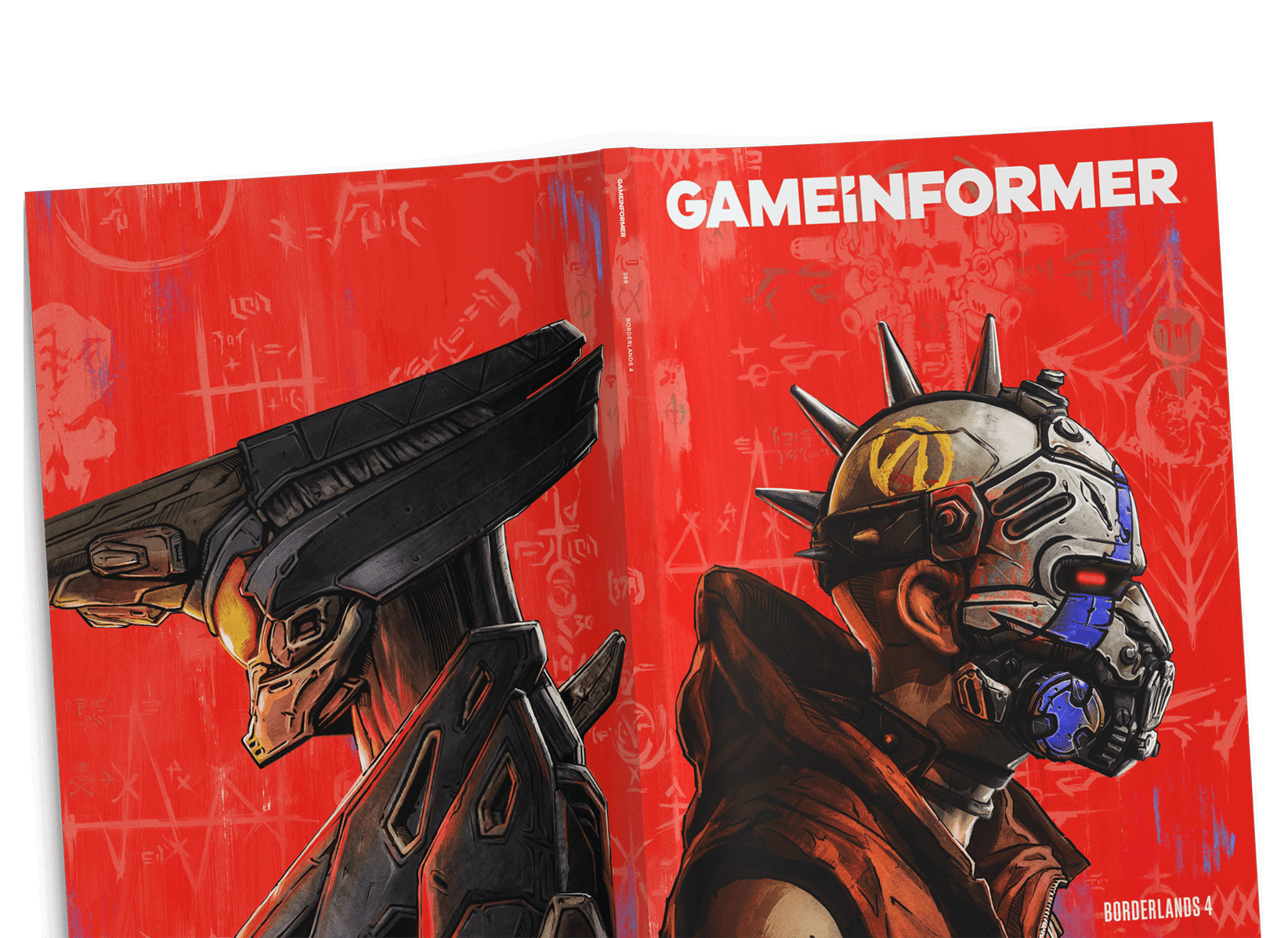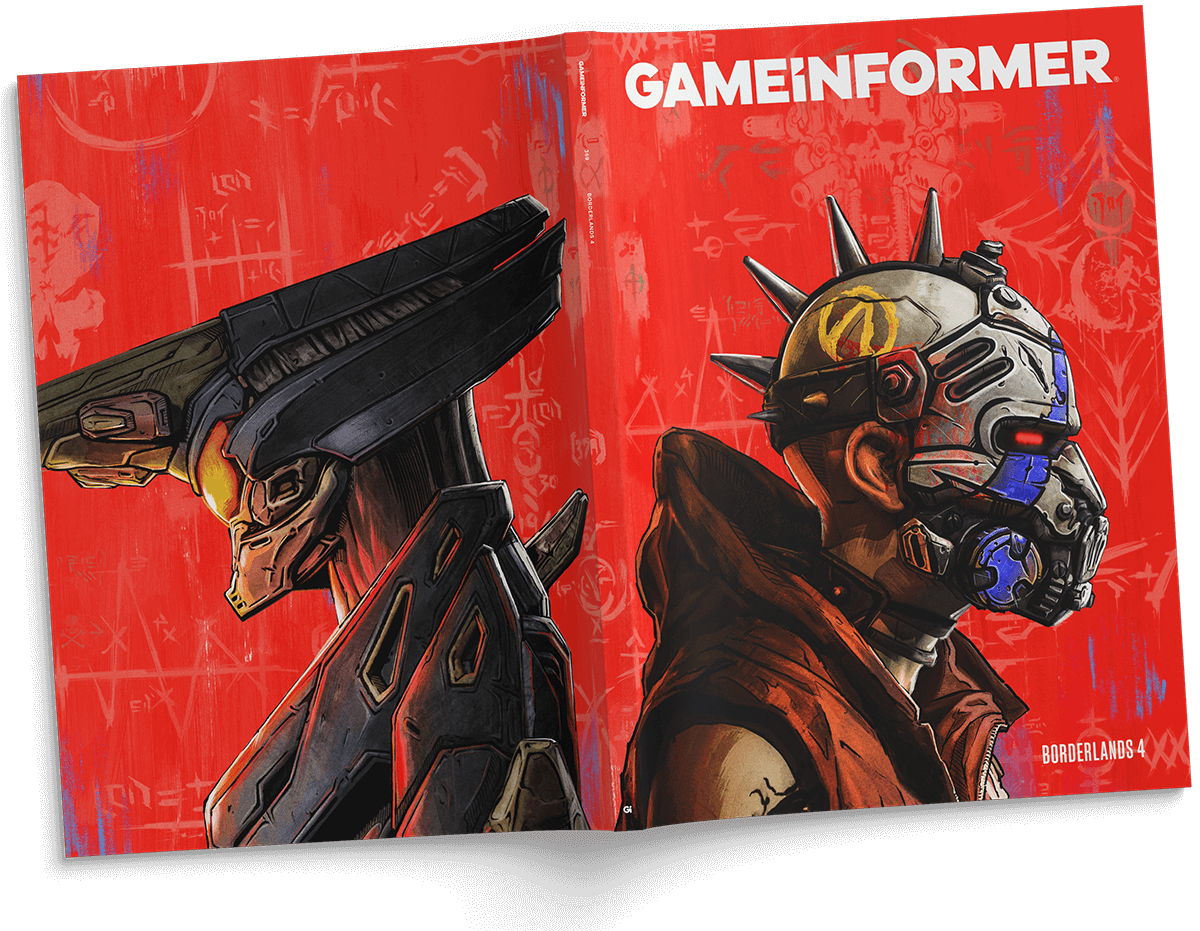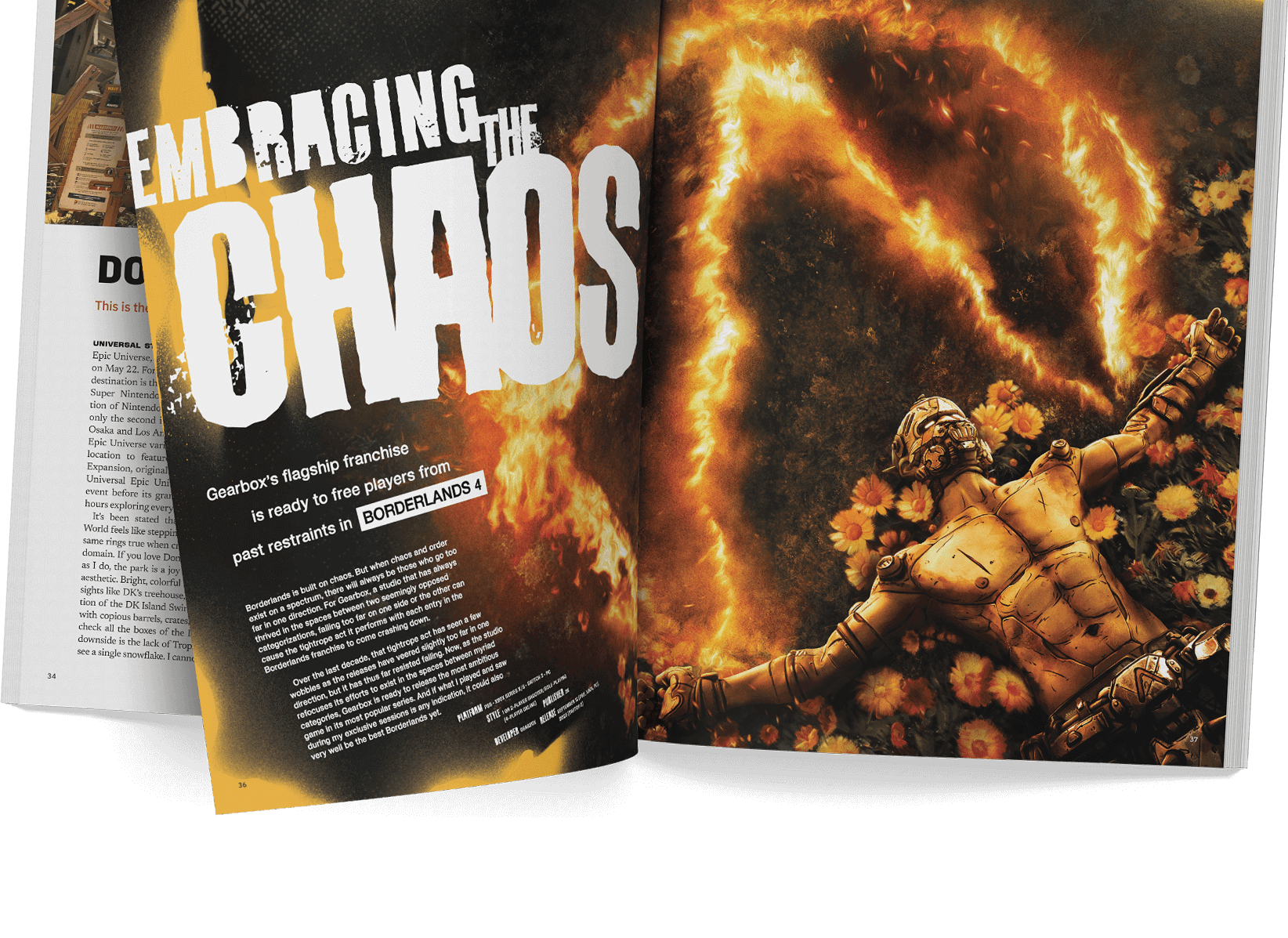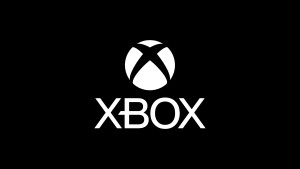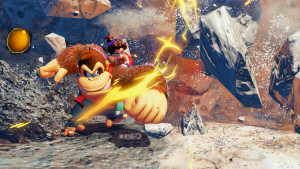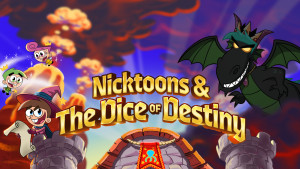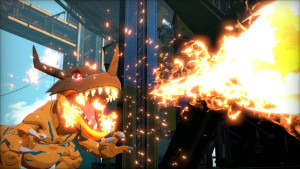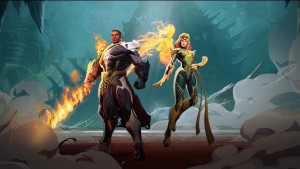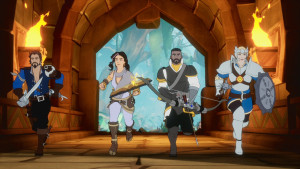Holiday Weekend Flash Sale! Subscribe Now
Halo 5: Guardians 'Requisition System' Explained (Now With Impressions)

Update: This piece has been updated throughout now that the embargo has lifted. We have added quotes from 343 Industries, pack pricing, and our own experiences playing Warzone with the requisition system.
This piece was originally published on September 18, 2015, at 3:33 p.m. Central.
Earlier this week, I had the chance to spend some time with Halo 5's "requisition system." While it was a substantial piece of our preview, we aren't allowed to give our feedback on it yet. That embargo isn't going to be lifted until September 28.
Given that Microsoft has spilled all the beans on the system though, we've decided to post the nuts and bolts of this piece that was intended to run alongside the embargo. We'll update this after we can talk about it with our specific impressions of how the system works and what it might mean for players.
We don't know why Microsoft decided to put 11 days between revealing the system and allowing us to get specific with how it works in practice. Perhaps the publisher is concerned about the blowback Konami faced from in-game transactions in Metal Gear Solid V. We're looking forward to sharing our thoughts when we can.
- - -
During a recent preview of Halo 5: Guardians in New York City, I had the chance to experiment with the Requisition System that powers customizations and Warzone gear. With the growing trend of in-app transactions in full-priced games a concern for our readers, I probed a bit to find out what people can expect.
“Reqs” as 343 Industries calls them come in packs. In them, you’ll find 13 different types of cards. Some are only usable in the game’s Warzone mode. Others permeate the Arena experience, too. Here’s the full list:
Warzone Cards
- Loadout weapons - These are your four basic weapons, including the assault rifle and magnum. You can unlock better versions of these, with attachments and scopes, from cards.
- Power weapons - This is where the meat of the armory lives. Rocket launchers, fuel-rod cannons, plasma weapons, and more can be added to your current spawn. Die and you’ll return to your basic loadout.
- Vehicles - Whether you prefer the Mongoose or the Covenant Wraith, here’s where you’ll find single-use cards to bring them into battle.
- Power Ups - Active camo and over shields live here.
- Reflex Enhancers - These boost your Spartan abilities. You’ll be able to use enhancers to run faster, for instance.
- Certifications - These cards boost the likelihood you’ll see more of a given type. A shotgun certification means you’ll see more shotguns show up in boosters.
All multiplayer modes
- Weapon Skins - Each skin is applied to a specific weapon type. So you’ll find the Spiral skin separately for assault rifles, battle rifles, SMGs, etc.
- Assassinations - The basic assassination (melee kill from behind) is a grab and knife to the face. You can unlock different animations via cards.
- Stance - These change the way your Spartan is standing in the menus.
- Boost - If you use one of these and complete the requirements (like being in the top half of players ranked on number of melee kills), you’ll get more experience or requisition points at the end of the match.
- Armor - Unique types of armor for your Spartan.
- Helmets - You won’t see your Spartan’s face, so this is the closest you can get to customizing your head.
- Visor - Every helmet has a visor, and these cards allow you to customize their color.
- Emblems - These allow you to customize your player card.

While your Warzone and Boost cards are consumable, customizations are permanent. You will also only ever see a single card for a specific customization. No duplicates will appear in boosters, so your chance of getting ultra-rare gear goes up with every customization drop.
You can redeem points earned by playing for bronze, silver, and gold boosters. Silver and gold packs can be purchased for real money ($1.99 and $2.99 respectively). You’ll also earn packs for ranking up and earning in-match commendations. There are also packs that will come with Halo merchandise (action figures, building sets, etc.).
With the disappointment over Metal Gear Solid V’s in-game transactions for the FOB system, my immediate concern was whether players would be able to have a fulfilling Warzone experience without spending money. Konami has barely opened the faucet on earnable Mother Base coins, meaning if you want to fully take advantage of that mode in Metal Gear Solid V, you’re going to open your wallet. Halo 5's development team tells me it’s going in the opposite direction.
“Everything in req packs can be earned with in game progression, the req point system,” says senior multiplayer designer Lawrence Metten. “We’re actually quite generous with our economy to make sure we’re rewarding with packs when players level up. Nothing is gated behind a paywall.”

There are more than 1,000 items at launch, and 343 plans to add more through June 2016. I played four Warzone matches over about an hour and earned almost enough to get halfway to a silver pack (5,000 req points), while also getting four level and commendation packs dropped post-match.
Because these packs drop heavy-duty items that can swing the tide of battle, I was concerned that this introduced a pay-to-win element to Halo 5’s newest multiplayer offering. The development team has accounted for that with the in-game leveling system (not entirely unlike a MOBA).
“For balance, we have the in-session req leveling system,” says executive producer Christopher Lee. “You can’t just call in all the best stuff when the match starts and steamroll the other team. There’s a skill component to performing well inside Warzone, having a good objective focus on taking down the A.I. and bases, and building that req level. It’s a personal level, and skilled players will be able to build that quickly.”
I'm an average player, and I had no problem leveling up in each match and being able to call in the cards I needed. The leveling system acts more to pace when heavier weapons and vehicles enter the fray than wall them off from weaker players entirely.
Each card has an associated level, which means you won’t be able to load yourself up with a fuel rod cannon and mount up on a Scorpion the moment the match starts. You also need to spend energy (earned in each match) to cash in a card. The counterpoint is that weapon cards are consumable.

If you don’t have requisition cards available later in the match, you’re going to have a tough time helping your team take down legendary A.I. bosses (worth significant victory points). You’ll also be stuck with your standard loadout, which means you can’t equip yourself for situational combat, like taking a key base or making a push into the enemy’s core to seal the victory.
This is where my concern related to in-app card acquisition comes in. Visiting a req station in the middle of match is like walking into a virtual armory or motor pool. If you don't pay for cards, your gunracks and garage aren't going to be quite as stocked. You simply might not have anything appropriate for the situation at hand (taking down an AI boss, capturing a crucial point, or pushing into the enemy base for the victory).
There's no guarantee that you'll have exactly the right thing if you spend money, but the more packs you open, the more likely you are to get something you can use in the right instance. It's conceivable that non-paying players end up with a Mongoose when they need a Warthog, Wraith, or Scorpion. Req cards aren't accelerators (except for boosts). In Warzone, they are all about swinging the tide of battle.
When we started playing, we were given the equivalent of about $10 in points. The implication is that if you start playing right away and don't spend time in Arena to level up and get packs, you're going to start Warzone without cards. It likely will not take you long to unlock a couple of packs in Capture the Flag or Slayer, but for those that just want to play Warzone, this seems like a slog.
It’s impossible to determine how the requisition system will shake out in a retail scenario over the long term. We just can't evaluate that in a 90-minute play session. Developer 343 Industries will need to stay on top of balancing, tune card levels as needed, and ensure that players who choose not to pay real money continue to have a fighting chance.
Warzone is Halo 5’s most ambitious multiplayer mode, because it offers a way in for players that aren’t quite as good at the series’ multiplayer. Despite my concerns about the requisition system, it’s a blast to play and I enjoyed it immensely. In order for that to remain the case, req points need to flow quickly, packs need to drop often, and 343 needs to steer sharply away from treacherous pay-to-win waters.
This is something I’m going to be keeping an eye on when Halo 5: Guardians is released on October 27 for Xbox One.
